1 Understanding Yourself
Sheri Deaton
Understanding Yourself
Teachers must spend time getting to know themselves before they can effectively get to know and educate their students. Introspective analysis is critical for emotional and social growth. As the adult in charge of students, you must know who you are and be grounded in an understanding of yourself (Deaton, 2021).
Concepts to explore include but are not limited to understanding your perspectives on life, your philosophy of education, and what you believe about how students learn. Every teacher needs to note their personal “hot buttons”, or issues that hit closer to home and are prone to cause them to behave in a less than professional manner.
Teachers should consider their strengths, weaknesses, personality, interests, and overall outlook on life. The more you know about who you are, the more honest you can be in your reflections and self-evaluations. As educators are aware of their limitations, they can strategize and create a proactive plan involving growth opportunities.
Self-exploration could take place in many forms. Perhaps you take several personality or interest inventory assessments. Perhaps you ask those who know you best to list your strengths and weaknesses. This could also include intentional moments of self-reflection every day, noting what went well, what did not go well, and what you could do next time to modify your plans. Regardless of the format, stay in tune with who you are.
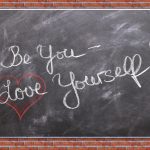
Not only is it important for teachers to know themselves, but they should also share a little about themselves with their students. Witt et al. (2004) found that teachers who are available to their students, who use immediacy and a sense of humor, and complement their students’ efforts are the teachers who positively affect their students and impact their learning.
Faulkner, Watson, Pollino & Shetterly (2021) studied inclusive practices and found that participants in their focus groups emphasized the importance of relationships with other students and with their instructors. Findings from this study indicate that teachers who introduce themselves and share about themselves at the beginning of the semester make students feel comfortable and in turn view the teacher as open and approachable (Faulkner et al., 2021).
Hemming it Up
Educators should know who they are. They should know their strengths, weaknesses, skills, and deficits. In sharing who they are with their students, they can build bridges and connections between themselves and their learners (Deaton, 2021).
Teachers should remain professional in their relationships with their students, while at the same time allowing their unique personalities to shine in the classroom. Students who see a role model comfortable with who they are and authentic in their interactions are more likely to demonstrate these characteristics themselves.
Explore the resources located at the end of this chapter as a way to continue to get to know yourself.
Resources
| Resources | QR Codes |
| Self-Awareness Project
|
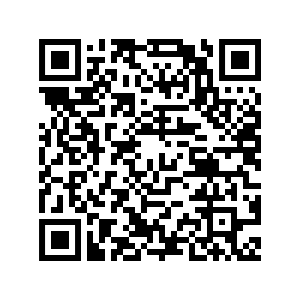 |
| Self-Assessment Tools for Teachers
|
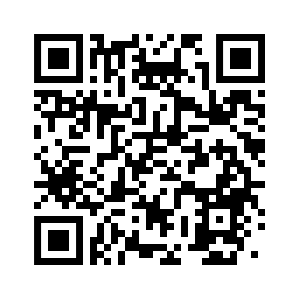 |
| The Personality Lab: An Enneagram Self Assessment
|
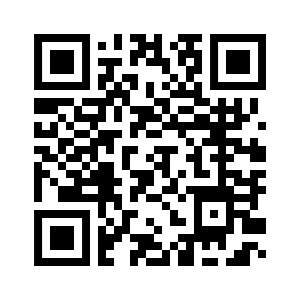 |
| Overview+of+9+Enneagram+Personality+Types+-YEC
|
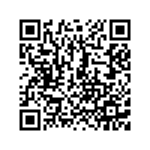 |
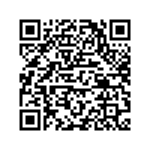 |
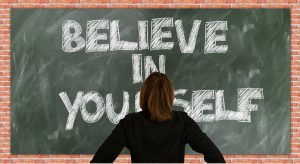
Image by Gerd Altmann from Pixabay
References
Deaton, S. (2021). Teaching Apparel Production. Presentation.
Faulkner, S.L., Watson, W.K., Pollino, M.A., & Shetterly, J.R. (2021). “Treat me like a person, rather than another number”: university student perceptions of inclusive classroom practices, Communication Education, 70:1, 92-111, DOI: 10.1080/03634523.2020.1812680
Witt, P. L., Wheeless, L. R., & Allen, M. (2004). A meta-analytical review of the relationship between teacher immediacy and student learning. Communication Monographs, 71(2), 184–207. https:// doi.org/10.1080/036452042000228054

